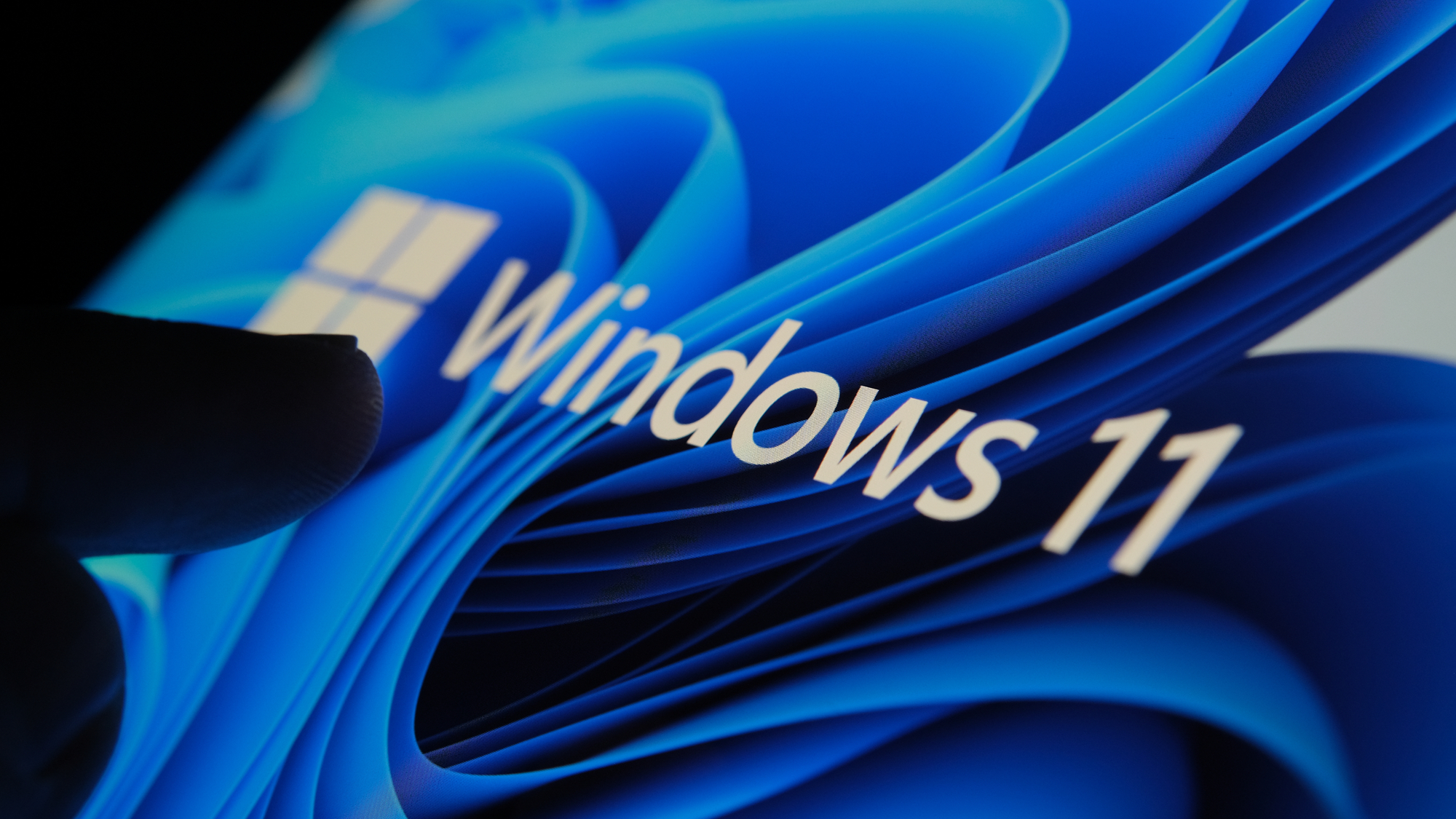
Microsoft has published the system requirements for Windows 11 IoT Enterprise LTSC 2024, which recently started to roll out. The specification will help steer design decisions for upcoming devices and computers running Windows IoT Enterprise. Lowered minimum specifications, with TPM and Secure Boot optional, are among the most interesting aspects of this release.
Windows 11 IoT Enterprise is a full version of Windows Enterprise intended for fixed-purpose devices like ATMs, point-of-sale terminals, digital signage, kiosks, and industrial automation systems, among others. In other words, this version of Windows is not for your desktop or laptop computer, but rather for custom appliance-type devices you might encounter or use that need an operating system. However, the release may also be of interest to makers, modders, and tinkerers.
Microsoft offers two licensing channels for Windows 11 IoT Enterprise, a General Availability Channel (GAC) and the Long-Term Servicing Channel (LTSC.) The LTSC option provides a 10-year support lifecycle for these fixed-purpose devices in which there are unlikely to be any functionality changes.
What’s most notable about the system requirements for Windows 11 IoT Enterprise LTSC 2024 is that it can run on computing devices with much less storage than is typically required, as little as 16GB. Moreover, the TPM and Secure Boot requirements are optional for this version.
Additionally, Windows 11 IoT Enterprise LTSC will support certain Qualcomm processors for the first time, in addition to AMD, Intel, and NXP processors. Windows 10 IoT Enterprise LTSC included support for AMD, Intel, and NXP processors, but not Qualcomm. This new support is expected since Microsoft recently announced Surface laptops using the Qualcomm Snapdragon X Elite Arm-based processor.
Finally, the DirectX and display requirements are more flexible. The IoT Enterprise versions can be installed with GPUs only supporting DirectX 10 or offering no DirectX support at all. These systems can also have custom-sized displays or no display at all. Typically, Windows 11 requires DirectX 12 support with a 720p HD display of at least 9 inches (diagonal).
These lower system requirements are possible because of the fixed-purpose nature of devices running Windows 11 IoT Enterprise LTSC. Such devices typically run no more than five apps at a time, often only one application. Furthermore, Enterprise LTSC doesn’t have the breadth of security software and features of regular versions of Windows. It doesn’t need them, because Enterprise LTSC is intended for devices secured behind firewalls with little to no internet connectivity.







